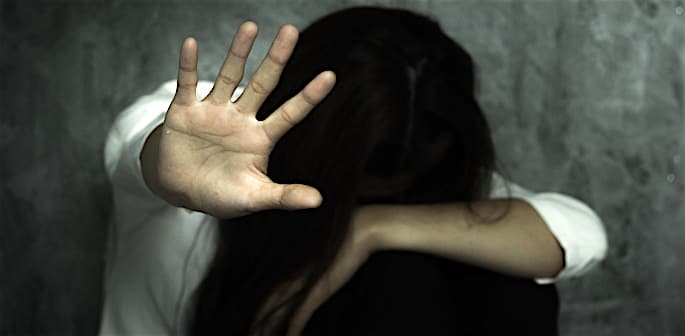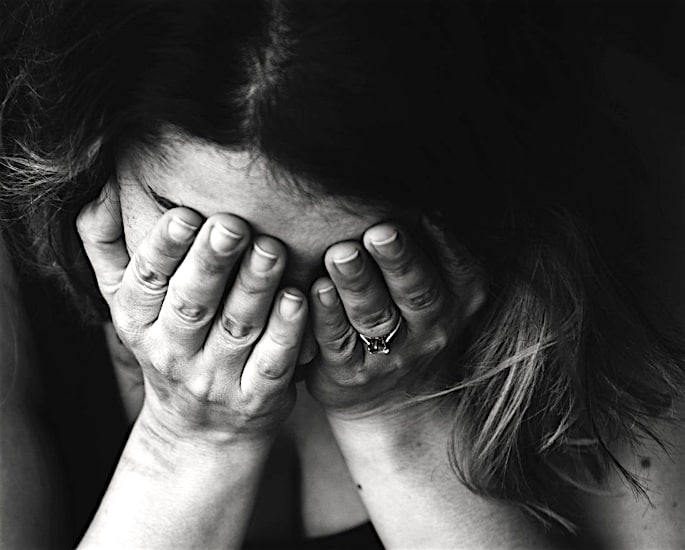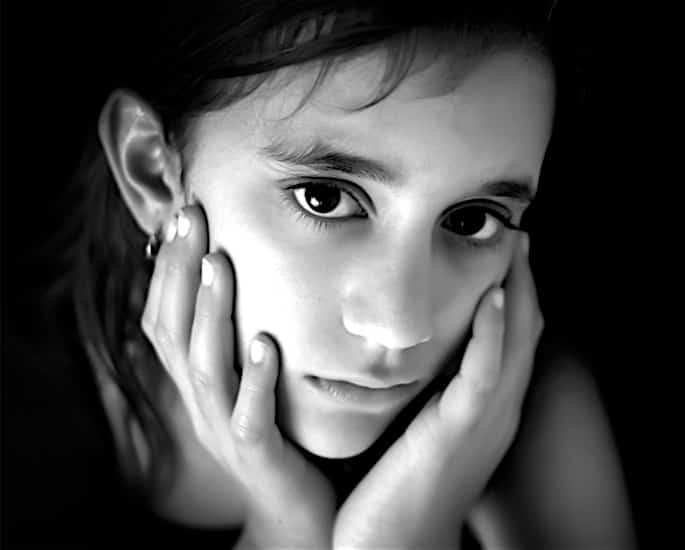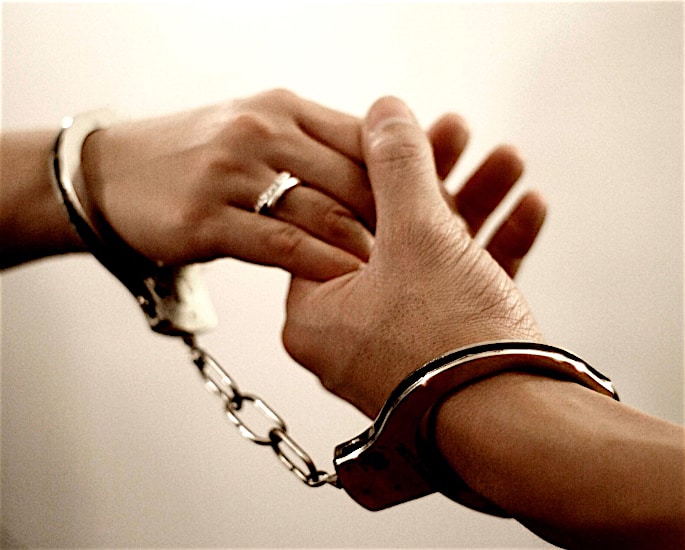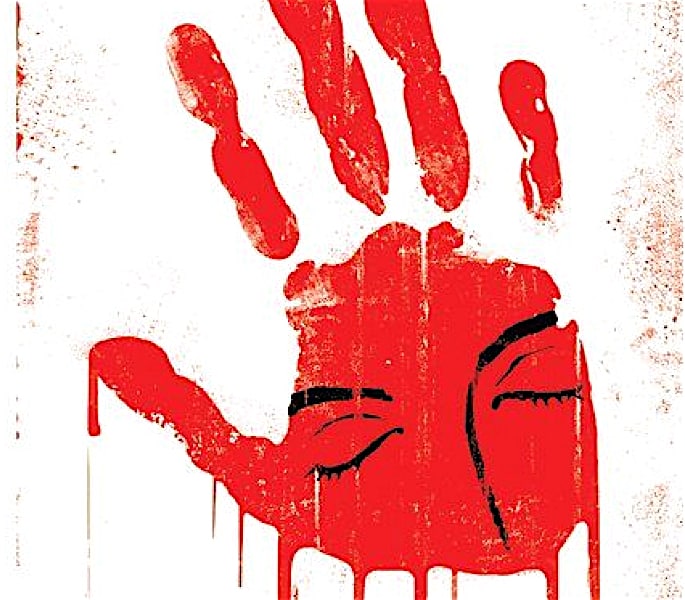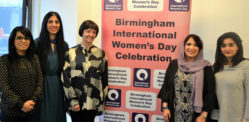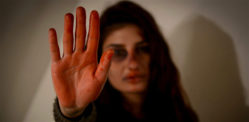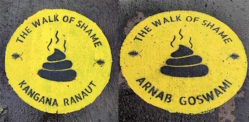"Daughters are considered as a liability"
Honour, shame and violence – the three words used to describe the lives of many South Asian women.
For numerous women, their lives consist of conforming to societal norms like being an obedient daughter and a submissive wife while upholding the family’s reputation.
Yet, their refusal to conform leads to abuse, domestic terror and killings inflicted by the male members of the family.
DESIblitz explores the reality of this taboo subject for South Asian women.
Understanding Honour, Shame & Violence
Honour, shame and violence are terms used interchangeably when describing the harsh reality for South Asian women.
Honour also known as ‘izzat’ is defined as having high respect and reputation. It is dependent on one’s social presentation, manner and actions.
A family’s honour is heavily dependent on the conduct of women. If they act according to what is deemed appropriate for them, the family will be well respected in the community.
However, if women do not abide by society’s rules placed upon them, they disgrace families.
The concept of shame and being looked down on by the community is not tolerated by South Asians.
As a result of this, violence is used as a method to incite fear in South Asian women.
If a family’s honour is tainted by the behaviour of a woman, then the males take it upon themselves to act.
Early Years
From a young age, females are expected to behave in a manner which conforms to the socio-cultural norms of the South Asian society.
This includes being submissive, not opinionated and taking responsibility for domestic duties.
In this instance, gender bias is evident. Traditionally, males are considered the superior sex whilst females are their passive counterpart.
According to Human development, disparity and vulnerability: women in South Asia, women are under the strain of the preservation of patriarchal values.
This is embedded in the household. It states:
“Women find themselves in subordinate positions to men, dependent socially, culturally and economically.
“They are largely excluded from making decisions, have limited access to and control over resources, are restricted in their mobility and are often under threat of violence from male relatives.”
This ideology stems from sons having greater economic, social and cultural value.
Whereas, daughters are considered as a liability whose worth is determined by their obedience.
This includes, what a daughter can and cannot wear and what she can and cannot do. This limits the freedom of girls as they are restricted in going out to socialise.
Even if occasionally, they are allowed to go out, they are given strict guidelines. They are expected to dedicate their lives to their family, with little time to themselves.
Hamza, a 24-year-old Pakistani man explained how he was given greater freedom than his sisters. He said:
“As the only boy with three sisters, I was never questioned about what I was doing or where I was going.
“On the other hand, my sisters would always have to seek permission before going out and would have to be back at a particular time. If they did not they would have to face our parents’ anger.”
This idea of favouring sons over daughters is at large and is common in most Desi households.
Mrs P, a 43-year-old housewife described her what it was like growing up in as the only daughter. She explains:
“Being the only girl in the family and that to the youngest sibling, a lot of pressure was put upon me to do things around the house.
“I was expected to cook for the family and clean up after them even when I wanted some time to myself. There was a clear difference between how I was treated in comparison to my brothers.
“Despite me refusing or asking questions of why I had to do things instead of them, I was either shouted at or sometimes even hit. I was always told, it was a girl’s job to do all these things without question.
“This made me believe that this was normal for all girls so I got on with it out of fear of retaliation from my family.”
As a result of this, the pressure to uphold such values is forced upon the woman.
Traditionally, men were the breadwinners while the women were homemakers and this is still evident.
A daughter must learn how to cook, clean and take care of the family, however, this is not expected from a son.
If she cannot do this she will not find a suitable spouse which will, in turn, bring shame on the family.
The Concept of Marriage
It is important to distinguish between an arranged marriage and a forced marriage.
An arranged marriage is when both partners enter it freely, while their families having introduced them.
On the other hand, forced marriage is when someone is being made to marry against their will.
In the UK, forced marriage is a criminal offence under section 121 of the Anti-Social Behaviour, Crime and Policing Act 2014.
Despite this law, many South Asian women are victims of forced marriages.
Typically, they are taken back to their native country, India, Pakistan, Bangladesh and so on, where they are forced to marry.
According to Forced Marriage in the UK, it states:
“Around 1000 cases of forced marriages in the UK every year, commentators argue that this is likely to be merely the tip of the iceberg.”
A forced marriage situation can entail various other factors, for example:
- Threats to kill
- Physical and psychological abuse
- Blackmail
- Harassment
- Kidnap
Yet, these are only a few of the cruelties faced by South Asian women when they do not consent to a marriage.
If an individual refuses to get married it is considered an act of dishonour for the family.
This causes psychological and emotional distress for the woman.
Another aspect which comes into play is child marriage. Child marriage is defined as a marriage between a boy and a girl before the age of 18.
This is a predominant problem in South Asia.
Unicef South Asia highlights the gravity of the child marriage stating:
“South Asia has the highest rates of child marriage in the world. Almost half (45%) of all women aged 20-24 years reported being married before the age of 18.
“Almost one in five girls (17%) are married before the age of 15.”
Child marriages have detrimental effects on girls. They are subjected to high risks of violence, forced out of education, abuse and exploitation.
Due to their young age and naivety child brides are controlled by their husbands and in-laws.
Despite girls or women accepting their unfortunate fate, they are sucked into a black hole where the torture is never-ending.
If the abuse is not inflicted by their paternal family it is surely continued by their in-laws.
Honour Killings
Honour killing is the murder of a family member who has allegedly humiliated the family.
The three common reasons behind honour killings are:
- A victim of rape or sexual assault
- Refusal to agree to an arranged marriage
- Supposed sexual relationships outside marriage
Yet, the killing can occur because of trivial reasons such as inappropriate behaviour or dressing in an unacceptable manner.
One such instance was the brutal murder of three women and a further two whose fate is still unknown. This killing took place in Kohistan, Pakistan.
In 2011, a video emerged of a group of women singing and clapping at a wedding.
The women were identified as Bazeegha, Sareen Jan, Begum Jan and Amina. The fifth woman, Shaheen was also apparently present.
The video continued to show two men dancing, while a third man was claimed to be filming. However, the men and women were never captured in the shot together.
In the Kohistan district matters which threatening a family’s honour were dealt with in killing the accused. As a result of this, everyone in the video was in danger.
Still, it was not until 2012 that the world learnt of this honour killing. Afzal Kohistani, the brother of the two men in the video, brought to light that the women had been murdered.
This brave act was carried out to save the lives of his brothers. His campaign led to the Supreme Court launching an investigation.
A team of investigators were sent to the remote village.
They were introduced to three women who the locals declared were the missing women in question. It was concluded the claims were false.
It was not until 2018 that a judge ordered a court case into the deaths.
Omar Khan, Sabeer and Saheer who were related to three of the victims were sentenced to life in prison.
Despite this, it was not disclosed what the three men were found guilty of.
Due to Afzal Kohistani speaking up three of his other brothers were killed in 2013. His house was also bombed. Six men who were initially accused were eventually acquitted.
Before the three men were sentenced to life, Afzal Kohistani was shot dead in March 2019.
This is the reality faced by numerous South Asian women who are victims of such brutality and anyone who takes a stand. They must lead their lives according to the patriarchal norms set by men.
What was meant to be a joyous occasion turned into a bloody massacre.
This is just one example of the brutality faced by South Asian women. The concept of upholding honour at all means has blind-sighted society into believing it is acceptable.
Honour and shame are given more importance than life itself and violence is used to inflict fear for women.



















































